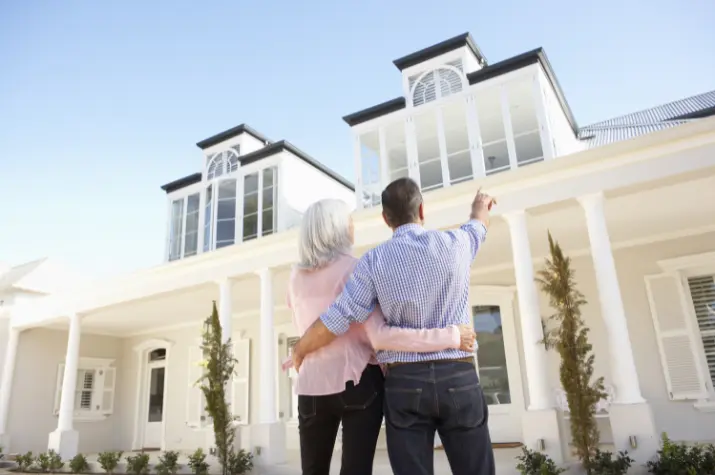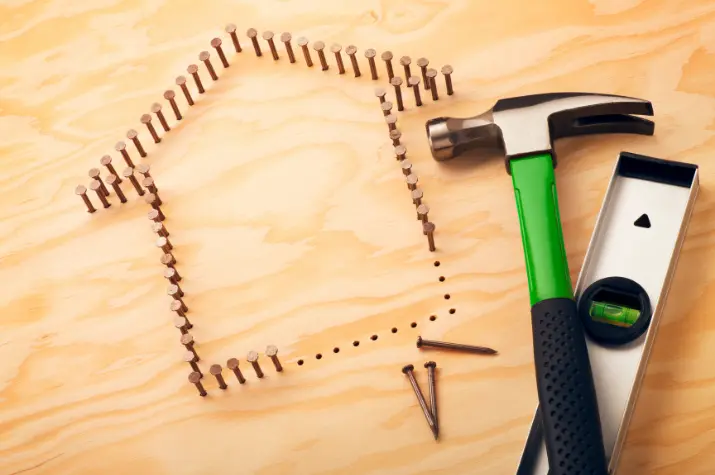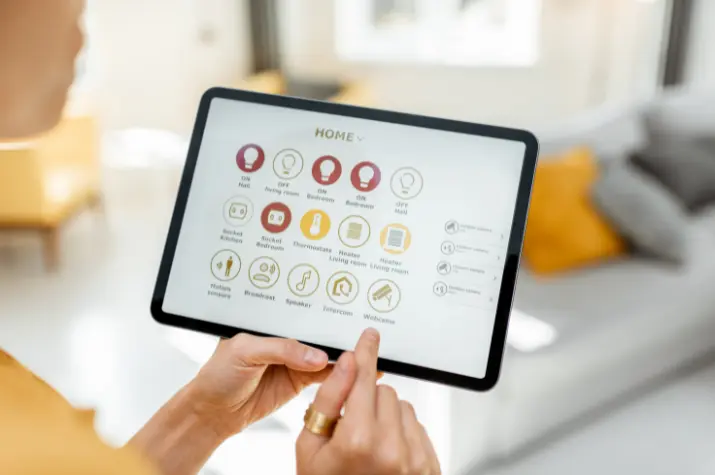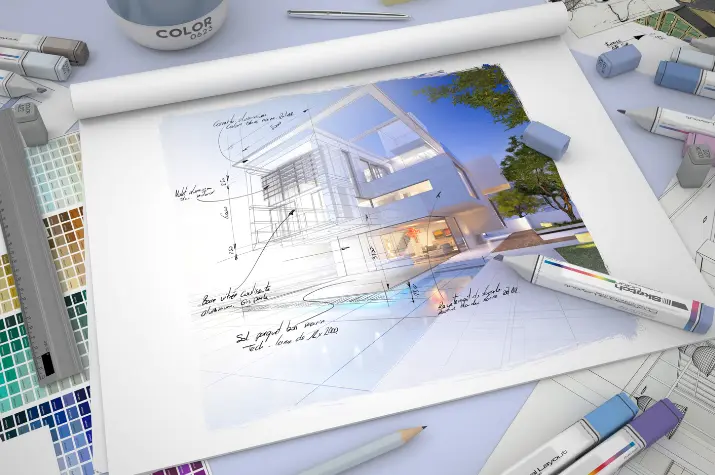
Aging gracefully at home is a cherished desire for many, yet traditional living spaces often fall short of meeting the evolving needs of seniors. Modifications tailored to enhance safety, comfort, and independence can transform a standard home into a sanctuary for older adults.
These adaptations not only safeguard against common hazards but also empower seniors to navigate their daily lives with confidence and dignity. The journey to senior-friendly home modifications involves thoughtful consideration of each individual’s unique needs, ensuring that every modification contributes to a seamless blend of functionality and ease.
Read also: How Can You Help Elderly People With Mobility Issues?
Understanding the Needs of Seniors
Mobility issues, such as difficulty with balance or the need for aids like walkers or wheelchairs, complicate navigation through standard doorways and across traditional floor layouts.
Vision impairments, including decreased depth perception and diminished contrast sensitivity, necessitate enhanced lighting and clear visual cues to prevent accidents.
Cognitive shifts, such as those experienced with conditions like dementia, require a living space designed to minimize confusion and enhance orientation.
Recognizing and addressing these challenges are crucial steps in transforming a residence into a supportive setting that upholds a senior’s autonomy and well-being. This process involves a careful assessment of the individual’s specific needs and the potential hazards within their home, followed by targeted modifications that mitigate these risks while promoting ease of use and comfort.
Key Areas for Home Modifications

1. Entryways and Doors
The choice between ramps and traditional steps is more than just a matter of convenience; it represents a commitment to inclusivity and independence for all residents.
Opting for ramps not only facilitates ease of access but also ensures safety, negating the risks associated with navigating steps. Modern designs allow these ramps to be integrated seamlessly into the home’s architecture, enhancing the entryway’s functionality without compromising its visual harmony.
When considering such modifications, it’s essential to evaluate the specific needs of the user and the spatial possibilities of the home, aiming for solutions that blend safety, convenience, and style.
2. Stairways and Hallways
Navigating stairways and hallways can be fraught with danger for seniors, where poor lighting and unexpected obstacles contribute to a high risk of falls.
The installation of sturdy handrails on both sides of staircases, coupled with sufficient, evenly distributed lighting, dramatically increases safety. Stairlifts offer an invaluable aid for those unable to manage stairs, ensuring the upper levels of a home remain accessible.
Maintaining these areas free of clutter and securing carpets firmly to the floor further safeguards against trips and slips, facilitating a safe passage through the home.
3. Bathrooms
Bathrooms, with their hard surfaces and compact layouts, are especially prone to accidents. Key modifications can transform this space into a safe and accessible area.
Walk-in showers, equipped with non-slip floors and equipped with seats, allow for secure, comfortable bathing. Strategically placed grab bars provide support and stability when using the shower, toilet, and sink.
Raised toilet seats reduce the strain of sitting down and standing up, catering to those with limited mobility. Adequate, glare-free lighting ensures all areas are visible, mitigating the risk of slips and falls.
4. Kitchens
The kitchen, often the heart of the home, should be a place of enjoyment rather than frustration for seniors.
Lowering countertops to a suitable height facilitates meal preparation from a seated position if necessary, while pull-out shelves and lazy Susans bring stored items into easy reach, reducing the need for stretching or bending.
Lever-operated faucets and user-friendly appliance controls accommodate limited hand strength and mobility, ensuring the kitchen remains a functional and accessible space for culinary activities.
5. Bedrooms
Bedrooms should serve as sanctuaries of rest, necessitating thoughtful modifications for seniors.
Adjustable beds adapt to the optimal position for sleeping or sitting up, aiding in the transition in and out of bed. Switches and controls for lighting should be within arm’s reach from the bed, along with telephones or emergency call devices, ensuring help is at hand if needed.
Personal items and clothing should also be easily accessible, promoting independence in daily routines.
6. Living Areas
Living areas must be adapted to support the safety and comfort of seniors, with a focus on facilitating mobility and preventing falls.
Spacious layouts, free from obstructions and trip hazards, allow for easy navigation with or without mobility aids. Adequate lighting enhances visibility, while furniture, stable and supportive, should be positioned to accommodate easy ingress and egress.
Such adjustments ensure that living rooms remain a place of comfort and social interaction, where seniors can safely enjoy leisure time with family and friends.
Smart Home Technologies for Seniors

The integration of smart home technologies into the living spaces of seniors represents a significant leap forward in ensuring their safety and autonomy.
These technologies not only make daily living more manageable but also provide a sense of security and independence.
1. Automated Lighting
This feature is essential for mitigating the risk of falls, a common concern among seniors. By automatically adjusting the lighting based on the time of day or motion detection, paths are illuminated when needed, significantly reducing the likelihood of accidents in dimly lit areas.
2. Voice-Activated Devices
These devices have become invaluable for seniors, allowing them to perform tasks hands-free. Whether it’s making phone calls, setting reminders for medication, controlling the thermostat, or operating entertainment systems, voice commands can facilitate an array of daily activities, making life easier and more enjoyable.
3. Health Monitoring Systems
Perhaps the most critical advancement in smart home technology for seniors is that these systems monitor vital signs and daily activities, providing real-time feedback to both the individual and caregivers. They can detect deviations from normal patterns that may indicate a health issue, prompting early intervention and potentially preventing emergencies.
These technological innovations offer peace of mind to both seniors and their caregivers, ensuring a safer, more comfortable home environment tailored to support independence and well-being.
Financing Home Modifications
Addressing the cost of home modifications is a critical step in creating a safe living environment for seniors. A strategic approach to financing can make these necessary changes more accessible and less financially burdensome.
Budgeting
Establishing a detailed budget is the foundation of any home modification project. It’s important to consider both current and future needs, allowing for adjustments that may become necessary as the senior’s needs evolve.
Grants and Loans
Numerous grants are available specifically for home modifications for the elderly, offering non-repayable funding options. Additionally, low-interest loans may be available through government programs or financial institutions, providing a feasible way to cover costs. Investigating insurance coverage for certain modifications, especially those deemed medically necessary, can also provide financial relief.
Local Agencies
Local agencies on aging and non-profit organizations are invaluable resources in navigating the landscape of financial aid for home modifications. These organizations can offer guidance, application assistance, and insights into local and national programs for which seniors and their families may qualify.
Leveraging these financial resources effectively can significantly reduce the economic impact of home modifications, ensuring that seniors can enjoy a safe, comfortable, and accessible living environment without undue financial stress.
Hiring Professionals for Home Modifications
The complexity of modifying a home to meet the needs of seniors often necessitates professional expertise. Engaging with the right professionals can ensure that modifications not only meet the current needs of the senior but are also adaptable for future requirements.
Specialized Expertise
Professionals in the field of senior-friendly home design bring a depth of knowledge that spans safety, accessibility, and aesthetics.
Their expertise ensures that modifications comply with all relevant codes and standards, including the Americans with Disabilities Act (ADA), making spaces both functional and welcoming.
Multidisciplinary Team
A successful modification project often requires a team approach, including architects, contractors, occupational therapists, and other specialists.
This team can address a wide range of needs, from structural changes to therapeutic recommendations, ensuring a holistic solution that enhances the senior’s quality of life.
Quality Assurance
Professional involvement guarantees that modifications are implemented correctly and safely, with attention to detail that only experts can provide.
This not only enhances the immediate usability of the space but also ensures its long-term viability and adaptability to changing needs.
Collaboration with experienced professionals in home modifications can transform a senior’s living space into a safe, accessible, and comfortable environment, significantly improving their daily life and independence.
DIY Tips for Simple Modifications

While professional help is essential for significant modifications, there are several DIY projects that families can undertake to enhance a senior’s safety and comfort at home.
1. Install Grab Bars
Strategically placed in the bathroom and shower area, grab bars provide support and stability, helping to prevent falls during transitions in and out of the tub or toilet.
2. Secure Loose Rugs
Applying non-slip pads or double-sided tape under area rugs can dramatically reduce tripping hazards, securing the rugs firmly to the floor.
3. Add Sensor-Activated Night Lights
Placing sensor-activated night lights in hallways, bathrooms, and bedrooms ensures that seniors can safely navigate their homes at night, providing illumination without the need to fumble for switches.
These simple modifications can make a significant difference in the safety and usability of a home for seniors. However, it’s important to approach even DIY projects with a focus on safety and effectiveness, recognizing when professional guidance is needed to ensure the best outcomes for the senior’s living environment.
Conclusion
Adapting a home for senior living is a comprehensive process that encompasses understanding specific needs, integrating technology, financial planning, professional involvement, and personal initiative.
These modifications not only enhance safety and independence but also ensure that seniors can enjoy their living spaces with dignity and comfort. By thoughtfully addressing the challenges of aging, families can provide a supportive and nurturing environment for their loved ones to thrive in their golden years.
About The Author:
Stacey Smith is a freelance health writer. She is passionate about writing about women’s health, dental health, diabetes, endocrinology, and nutrition and provides in-depth features on the latest in health news for medical clinics and health magazines.


![[Infographic] Practical Strategies for Nurses to Minimize Discomfort Practical Strategies for Nurses to Minimize Discomfort](https://www.safeandhealthylife.com/wp-content/uploads/2024/04/Nurses-to-Minimize-Discomfort-150x150.webp)

